The Skrypt is a small piece of hardware that enables communication between devices connected to similar hardware. The Skrypt is ESP32 based and has a small form factor. This allows for it to be hung around the neck or wrist. It simply connects to the device (PC / Smartphone) through BLE and serves as a portal for sending and receiving messages. Long range simplex communication is achieved with the LoRa RFM95W.
The smartphone or the PC only need to have an application installed. All messaging, encryption, decryption and receiving is done on the device. It is battery powered. The Skrypt could help communication in places where network reception is poor. Underdeveloped communities could benefit from its service.
I will update this as the project progresses.
 Taiwo
Taiwo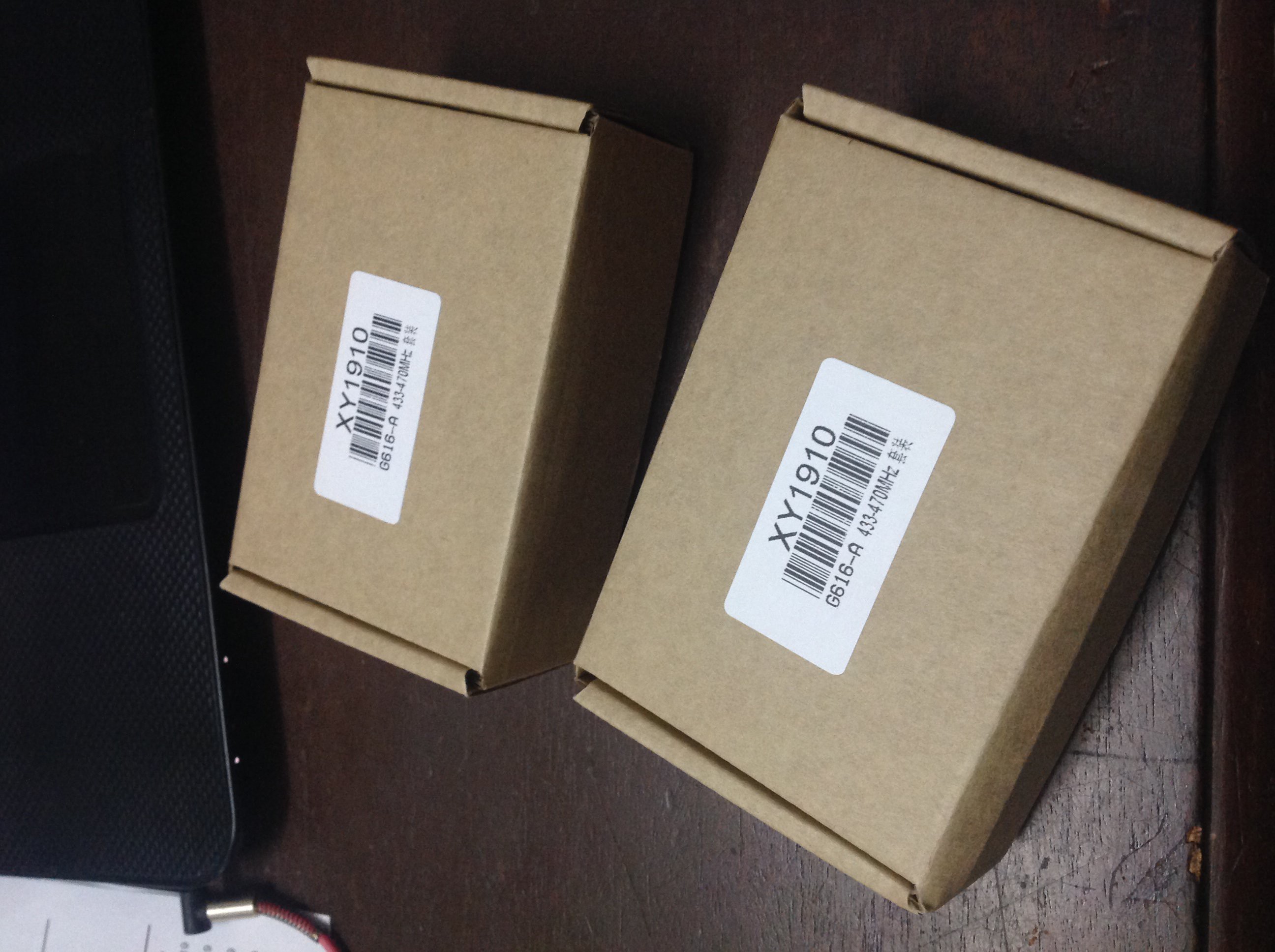
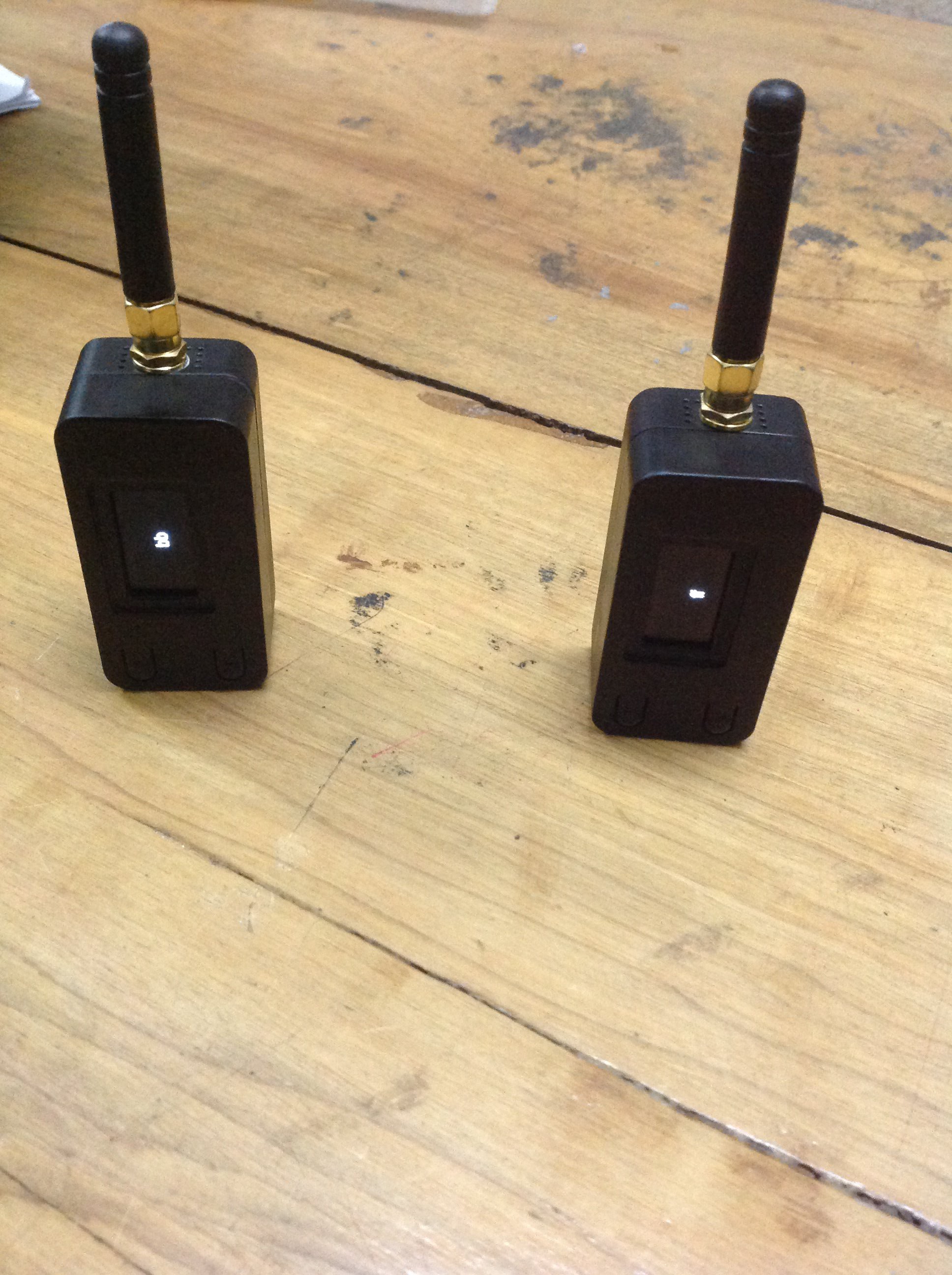
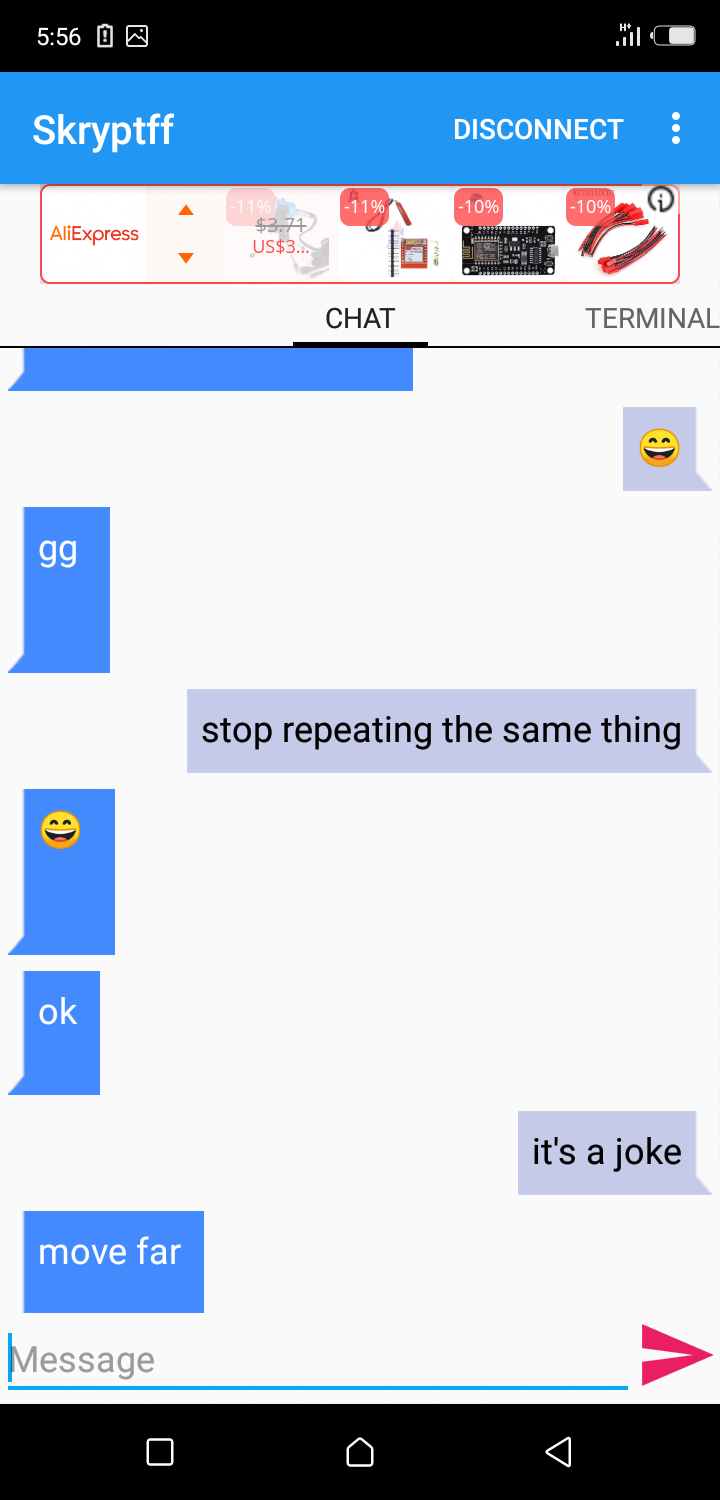
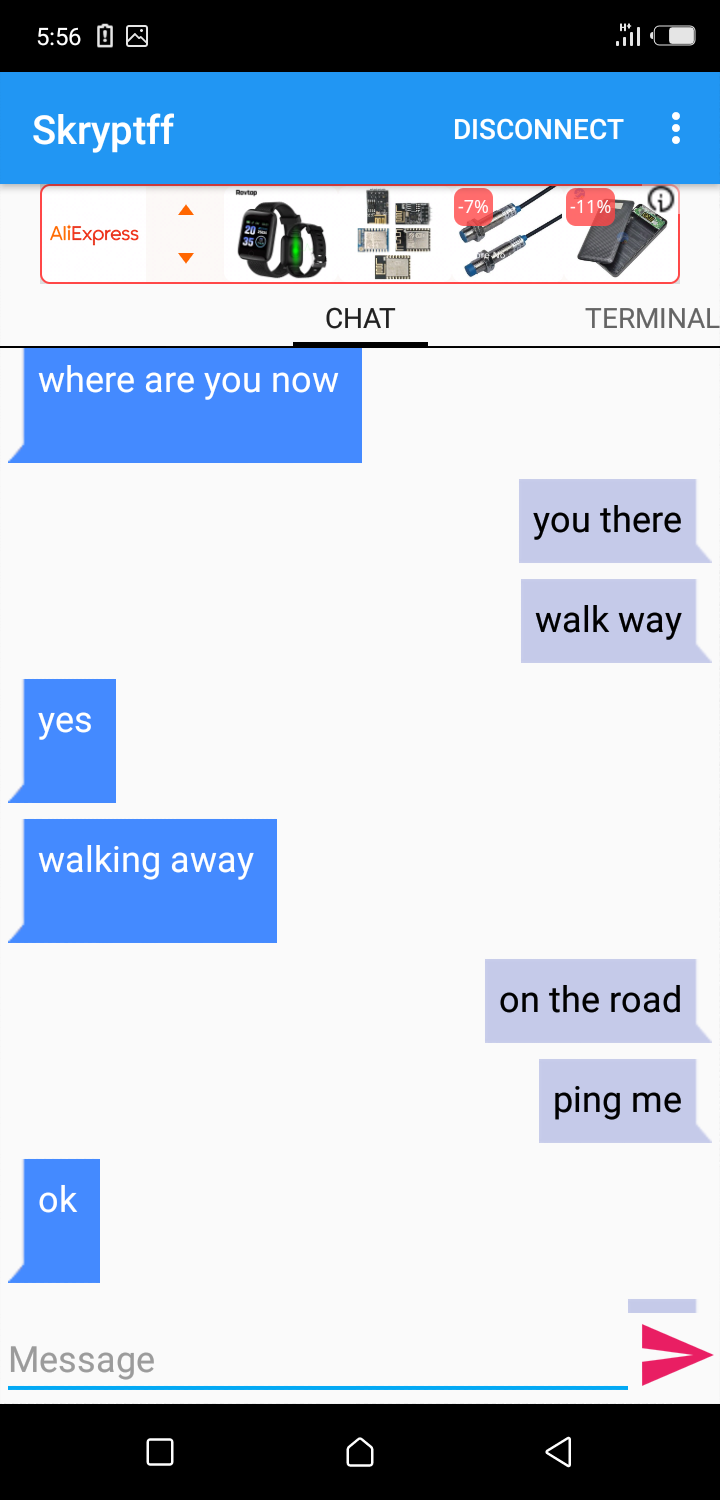
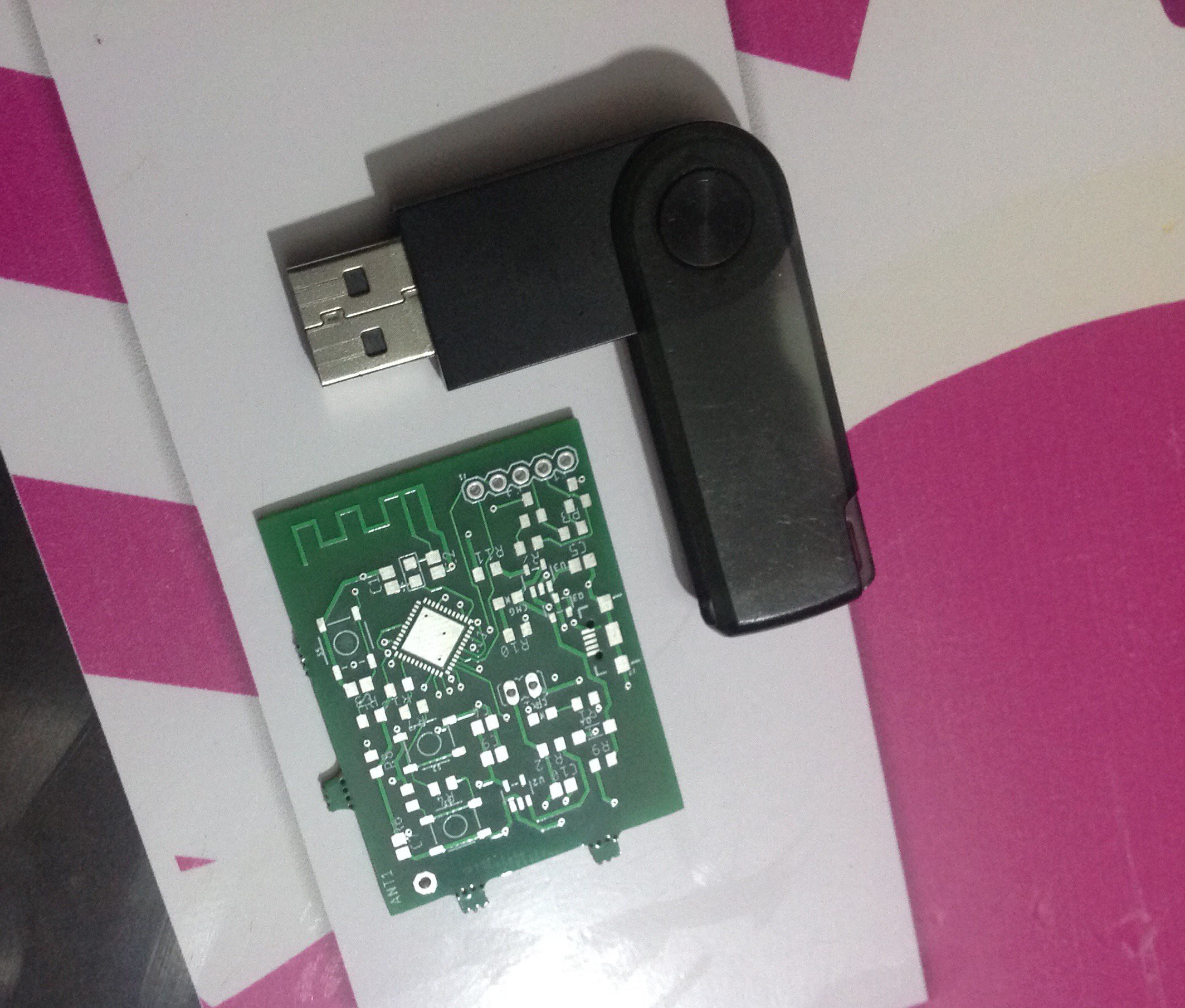
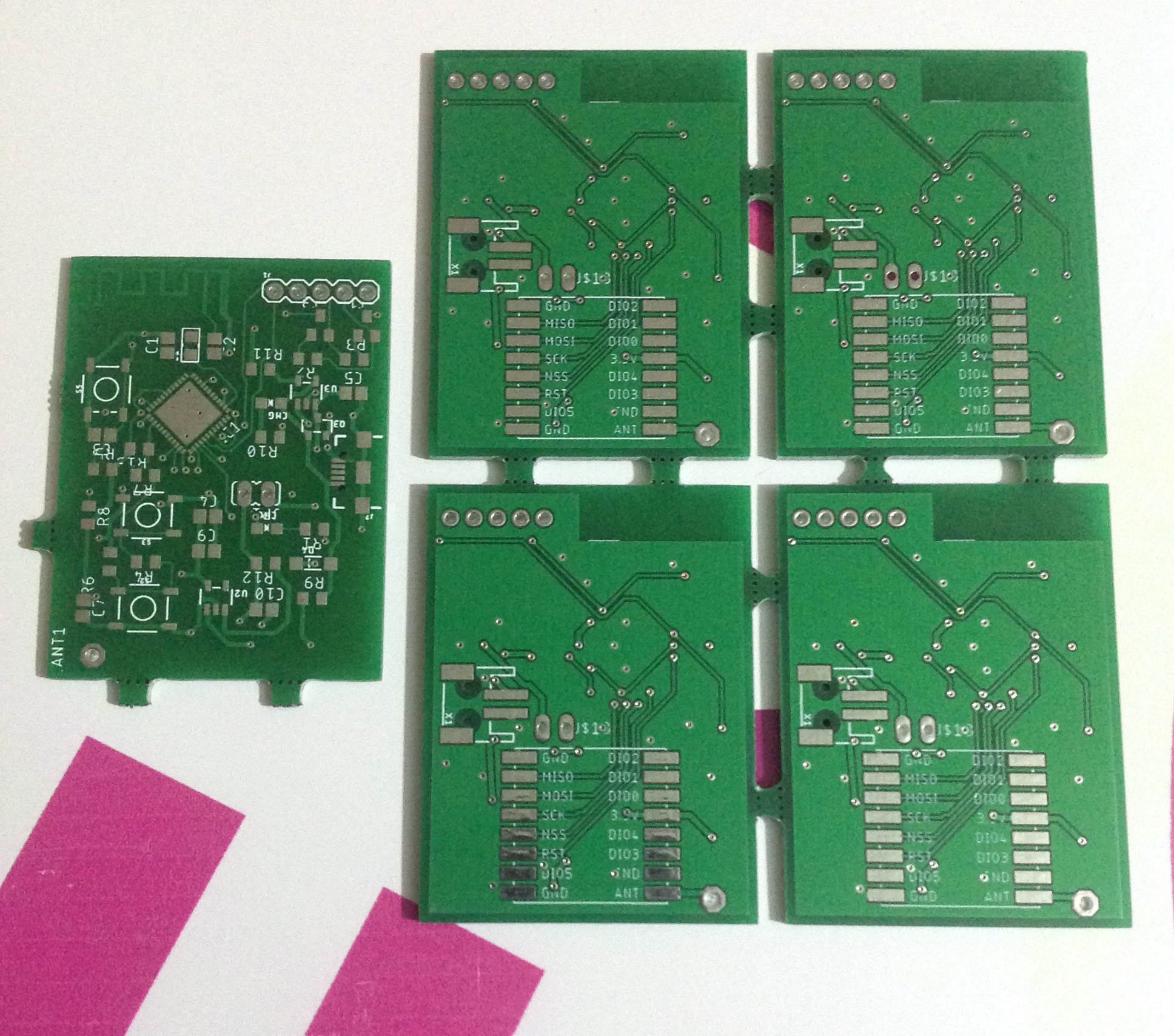
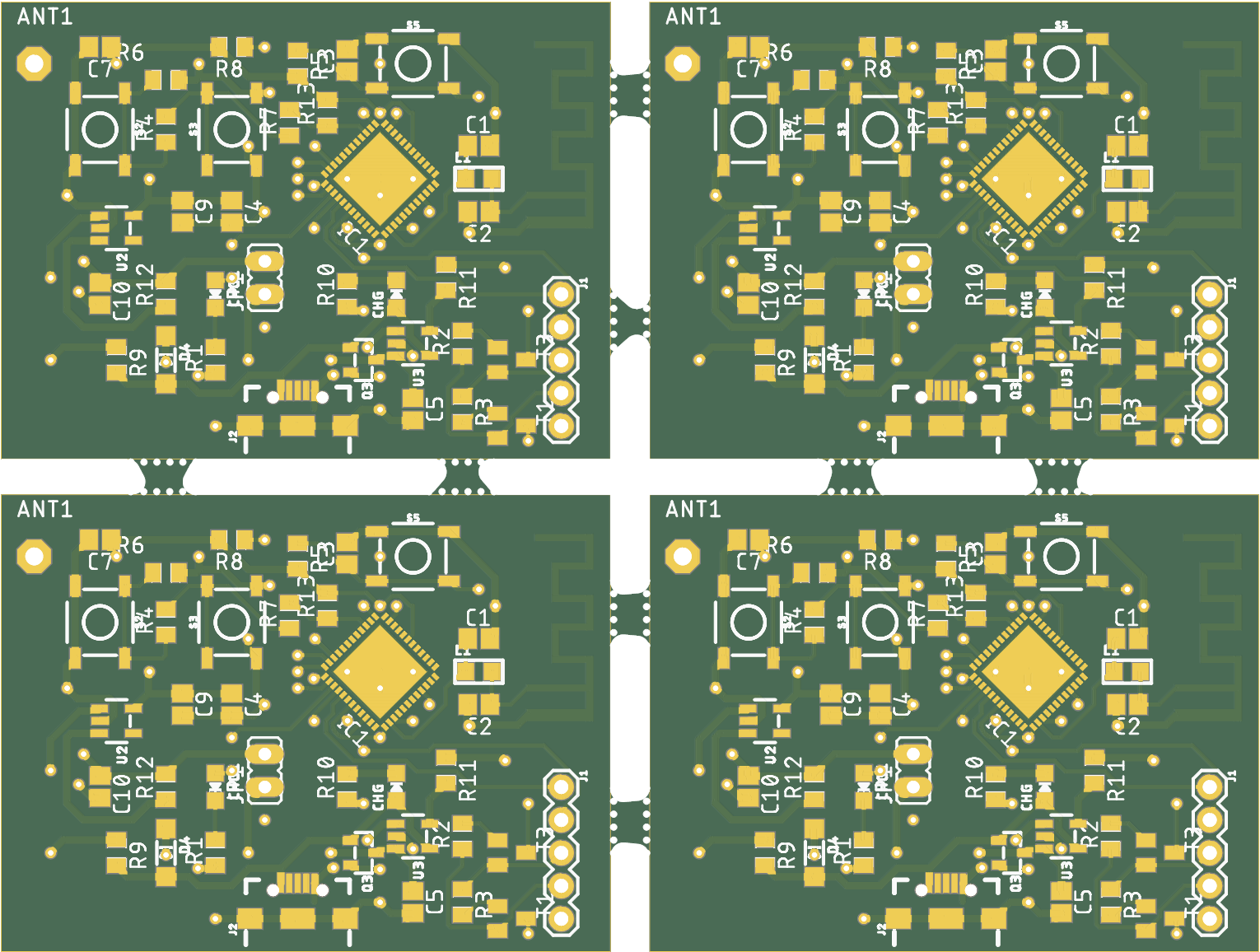
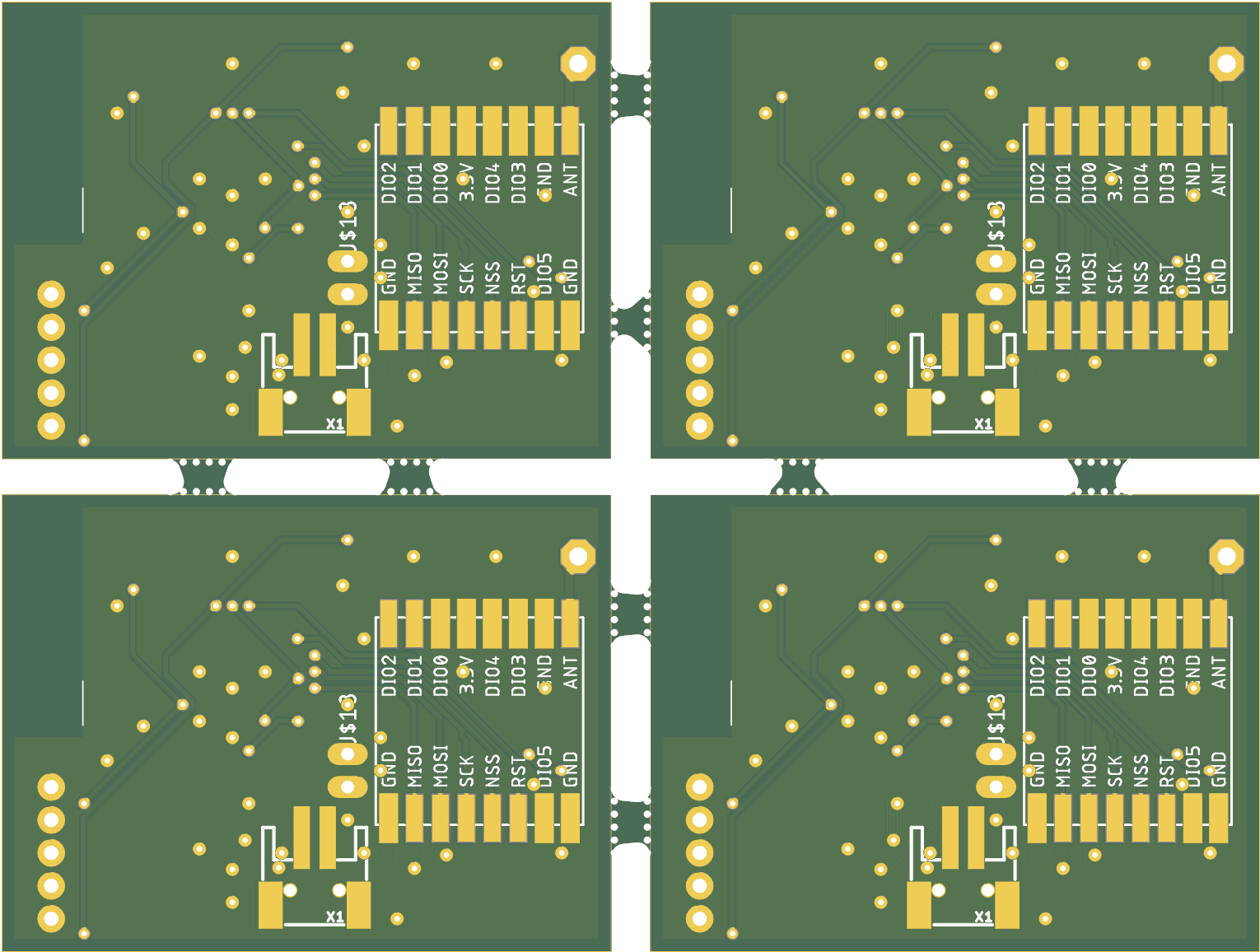
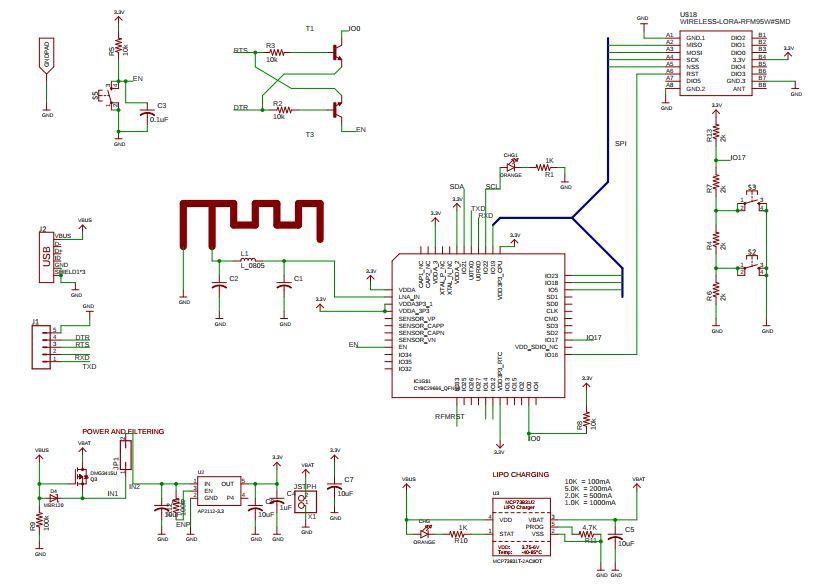
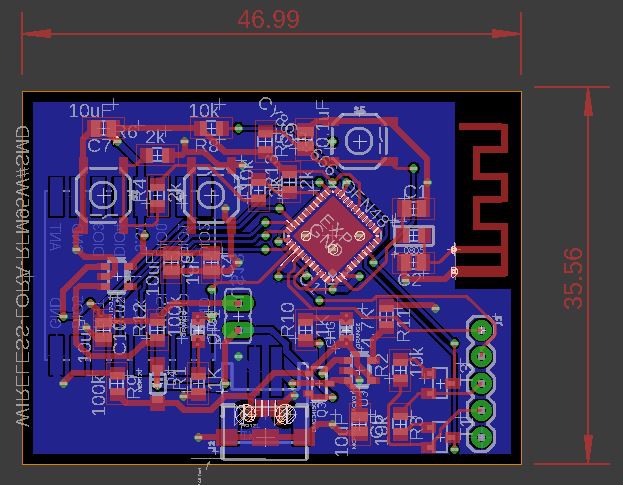
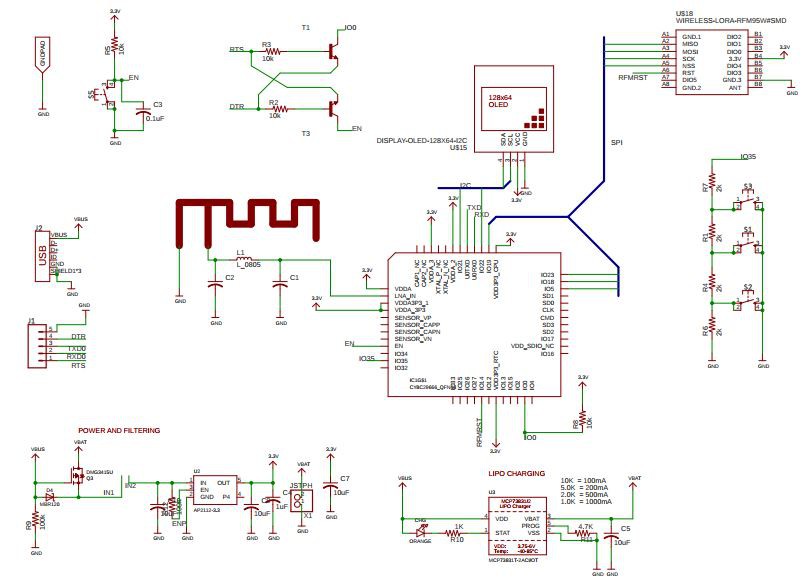















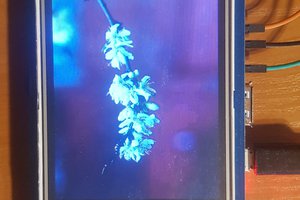
 Marek Więcek
Marek Więcek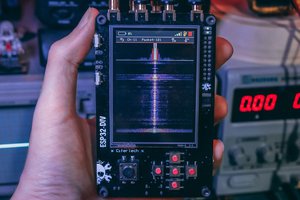
 CiferTech
CiferTech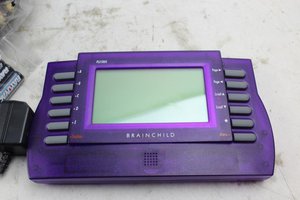
 Jake Robinson
Jake Robinson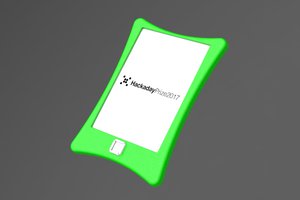
 Chris
Chris
This project seem to be removed from GitHub can u repost it